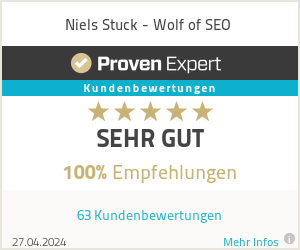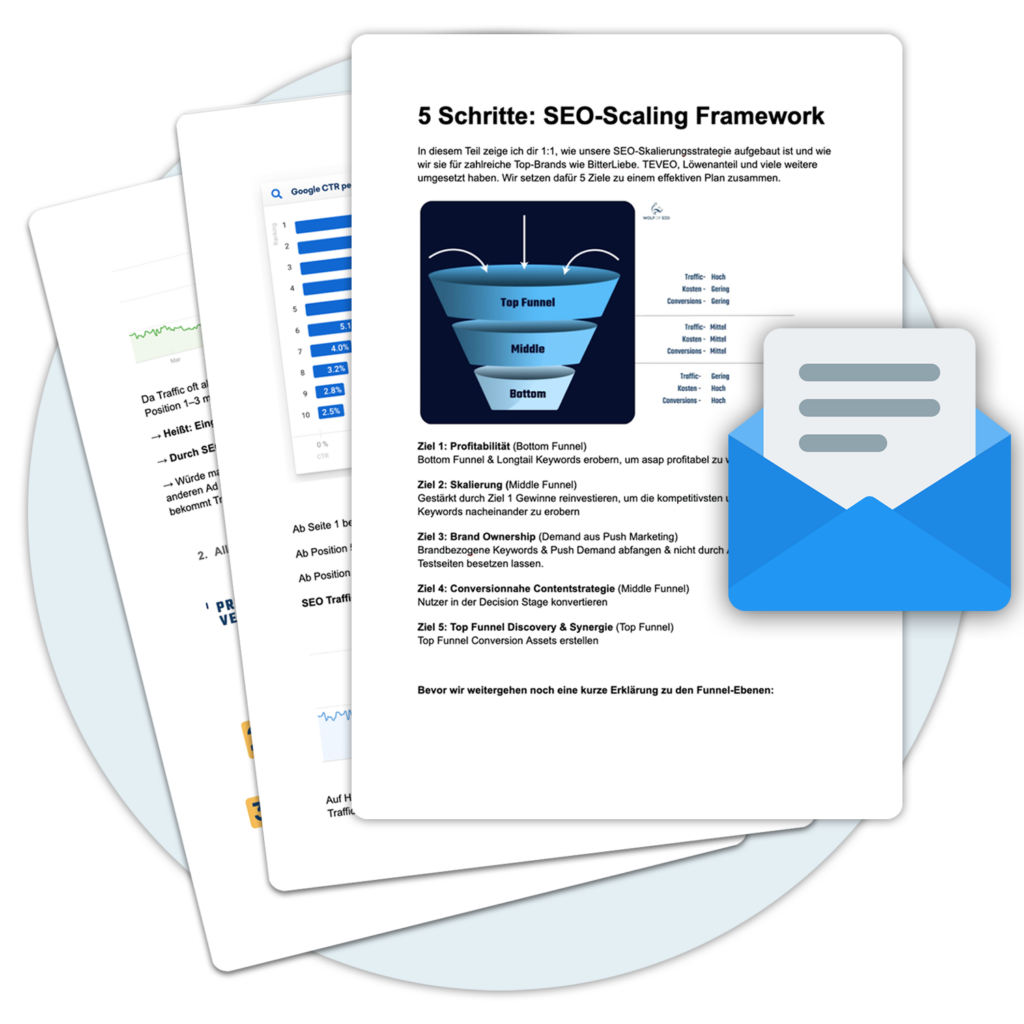What is crossposting?
Crossposting refers to the practice of creating a post or message on one social media platform and then automatically sharing it on other platforms. In this process, the content of the original message remains unchanged, but is adapted to the specific requirements and specifications of each platform.
How does crossposting work?
To Crossposting you first have to link your accounts on the different platforms. Then you choose which content you want to cross-post and on which platforms. Most social media platforms already offer integrated tools or apps that make cross-posting easy. Crossposting facilitate.
| Advantages of Crossposting |
|---|
| More Range for your content |
| Time saving due to automatic distribution |
| Better visibility in different communities |
| Increased interactions and feedback |
With Crossposting you can reach more potential readers and promote your content in different communities. You also save time by not having to manually share the same content on every platform. By spreading your content more widely, you also increase the likelihood of interaction and feedback.
Why is crossposting important?
Crossposting is an important method to get more Range for your content and spread your message to different audiences. Through Crossposting you can publish your content on multiple platforms at once, potentially reaching more people.
This strategy can be especially helpful if you have a large number of followers on different platforms, as you can ensure that all of your Followers see your latest content, regardless of which platform they're active on. It also allows you to customize your content for different audiences and target their needs.
Advantages of crossposting
At Crossposting is about publishing content on different platforms and channels. This method offers a number of advantages that are worth considering:
- Increased Range: Through the Crossposting content can be published on multiple platforms at the same time, which makes the Range and visibility significantly increased. This allows more people to be reached and increases the chance of higher interactions and conversions.
- Time and resource efficiency: Instead of customizing each piece of content individually for different platforms, the Crossposting can be used to share content quickly and easily across multiple channels. This saves time and resources needed to create and customize content.
- Stronger presence: By publishing content on various platforms, companies and brands can build a stronger presence in the digital space. This can lead to them being perceived as experts in their industry and build trust with the target audience.
- Reach different target groups: Each platform has a different audience and user base. By sharing content on different platforms, companies have the opportunity to reach different audiences and tailor their message to a broader audience.
However, it is important to be aware of the Crossposting a few things to keep in mind to achieve maximum results. A strategy and planning are essential to ensure that the content is optimally adapted on the various platforms and meets the expectations of the respective target groups.
Increased traffic
With Crossposting you can use the Traffic on your website significantly. By sharing your content on different platforms, you reach a larger target group and generate more visitors to your website.
The Crossposting allows you to distribute your content across multiple channels. This allows you to reach not only your current Followersbut also expand your Range and reach potential new target groups.
Advantages of cross-posting for increased Traffic:
- Increases the visibility of your content
- Reaches a larger target group
- Generates more visitors to your website
- Enables reaching new potential customers
- Improves the branding of your company
In order to Traffic you should adapt your content to the respective platform. This way, you generate more attention and interaction among users.
| Advantages of crossposting | Procedure |
|---|---|
| Increases the visibility of your content | Sharing posts on various social media |
| Reaches a larger target group | Sharing content across communities |
| Generates more visitors to your website | Link to your website in the shared posts |
| Enables reaching new potential customers | Addressing new target groups on different platforms |
| Improves the branding of your company | Consistent presentation of your business across all platforms |
Improvement of brand awareness
Through Crossposting can significantly improve brand awareness. By sharing content on different platforms, you can reach a larger audience and potentially engage new audiences.
When a post is published on multiple social media channels or other websites, the likelihood that it will be seen and shared by different people increases. This not only increases the visibility of the brand, but can also lead to users actively recommending the brand to others.
Another benefit of cross-posting is the ability to communicate brand values and messages across multiple channels. By sharing the same content on different platforms, you can convey consistent and recognizable messages that strengthen your brand image.
| Advantages of the Crossposting | Disadvantages of the Crossposting |
|---|---|
|
|
Better SEO effects
A great advantage of cross-posting is the possibility to achieve increased SEO effects. When a post is published on different platforms, the visibility increases and Range overall. This can have a positive impact on the Ranking in the search results and lead to more organic clicks.
By sharing content on different websites or social media platforms, you can Backlinks generated. Backlinks are links that refer to your own website from other websites. Search engines rate Backlinks as a positive signal for the Relevance and quality of a website, which translates into better Ranking can be reflected.
Another aspect that contributes to the increased SEO effects of cross-posting is the ability to address different target groups. By sharing content on different platforms, more users can potentially be reached. This can lead to more Traffic on your own website and increase the chances of users becoming regular readers or even customers.
Disadvantages of crossposting
Although the Crossposting offers many advantages, there are also some disadvantages that should be considered. Here are some reasons why Crossposting is not always the best strategy:
- Loss of individuality: Wenn der gleiche Inhalt auf verschiedenen Plattformen geteilt wird, kann dies dazu führen, dass der Unique Selling Point (USP) verwässert wird. Jede Plattform hat ihre eigenen Zielgruppen und Besonderheiten, daher sollte der Inhalt entsprechend angepasst werden, um maximale Wirkung zu erzielen.
- Redundancy: When a post is published on multiple platforms, users may receive the same content multiple times. This may make them less interested in reading or commenting on the post again.
- Lack of customization options: At Crossposting there are fewer options to customize the post for the specific platform. Each platform has its own features and formatting that should be used to ensure the content is displayed optimally. At Crossposting there is a risk that the post will not be displayed optimally.
- Time required: Crossposting often requires additional time because the same post has to be shared manually on multiple platforms. This can be especially annoying when new content is published regularly.
- Risk of Penalty Measures: Search engines like Google can Crossposting possibly as Duplicate Content evaluate and punish. This can lead to the organic Range of the contributions decreases.
Potential for duplicate content
At Crossposting there is the potential for double Content, da der gleiche Inhalt auf verschiedenen Plattformen veröffentlicht wird. Das kann insbesondere für Suchmaschinenoptimierung (SEO) problematisch sein, da Suchmaschinen wie Google doppelten Content do not like to see.
For example, if you publish a blog article on your own website and then share it on other websites or social media platforms, search engines may recognize these different versions of the same content as identical content. This can lead to the Search Engine the different versions of the content not indexed or assigns a lower ranking in the search results.
This potential for duplicate content should be considered when deciding on Crossposting be taken into account. It is important to be strategic and minimize possible negative effects on SEO.
Risk of fragmentation of the target group
At Crossposting there is a risk of fragmenting the target audience and thus reducing the effectiveness of one's marketing strategy. If content is published on different platforms at the same time, potential customers may be confused or overwhelmed. They may receive the same message multiple times, which can lead to sensory overload.
This risk is amplified if content is not adapted accordingly to the different platforms. Each platform has its own characteristics and user expectations. It is therefore important to adapt the content accordingly in order to reach each platform optimally and address the desired target group.
Another risk of audience fragmentation is that users use different platforms to consume different types of content. If the content for Crossposting are not carefully selected, they may be well received on one platform but generate less response on another. As a result, there is a risk that some potential customers will not even notice your messages.
Best practices for successful crossposting
Crossposting can be an effective strategy for sharing content across multiple platforms, enabling greater Range and visibility. It allows you to target your audience on different channels and reach them where they spend the most time.
To be successful Crossposting there are some best practices you should follow:
- Choose the right platforms: Investigate the different platforms and their audiences to choose the ones that best fit your content.
- Adapt the content to each platform: Edit your posts lightly to meet the specific needs and features of each platform. What works on Twitter may not work on Facebook or Instagram.
- Plan and plan ahead: Create an editorial plan that includes the Crossposting of your content over a period of time. This way, you can make sure that you publish posts regularly on different platforms.
Another important aspect of successful cross-posting is interacting and engaging with your audience. Respond to comments and questions, encourage discussions, and show interest in the opinions of your Followers. This can help build a loyal and engaged community.
Choose the right platforms
At Crossposting it's important to choose the right platforms for publishing your content. Depending on your audience and the type of content, different platforms may be more suitable than others. Here are some factors you should consider when choosing platforms:
- Target group: Consider which platforms your target audience is likely to be on. Is it a professional network like LinkedIn or a fun social network like Instagram?
- Content type: Depending on the type of content you have, certain platforms may be more suitable. For example, if you have visual content like images or videos, platforms like Instagram or YouTube might be a good choice.
- Interaction options: Check what opportunities for interaction and engagement the platforms offer. Can users leave comments, share or like your content? The more opportunities for interaction there are, the better.
- Range: Examine the Range and the number of active users on the platforms. A large Range can help you reach more potential readers or customers.
- Keywords: Also consider which platforms rank well for your specific keywords. For example, if you're in B2B, LinkedIn might be a good choice because it specializes in professional content.
By choosing the right platforms for the Crossposting you can make sure that your content gets the maximum visibility and Range receive
Customize content for the platform
When it comes to sharing content on different platforms, it is important to adapt it to each platform. Each platform has its own specifics and target audiences, so it's important to meet the specific requirements.
Some of the points to consider when customizing content are:
- Target group: Analyze the target audience of the platform where you want to share content. What are their interests and needs? By tailoring your content to this audience, you increase the likelihood that it will be relevant and engaging.
- Format: Different platforms have different formats for displaying content. A blog article might work well on your website, but on social media like Facebook or Instagram, you might be better off using images or videos.
- Style: Each platform has its own style and tone. Before sharing content, familiarize yourself with the desired style of the platform. Adjust your writing style, language, and tone accordingly.
- Keywords: Different platforms have different mechanisms for indexing and finding content. Be sure to use relevant keywords that work well on each platform.
By adapting your content to the platform, you not only improve the user experience, but also increase the chances that your content will be noticed and shared by the target audience. Don't miss the chance to succeed with your content on multiple platforms.
« Back to Glossary Index






